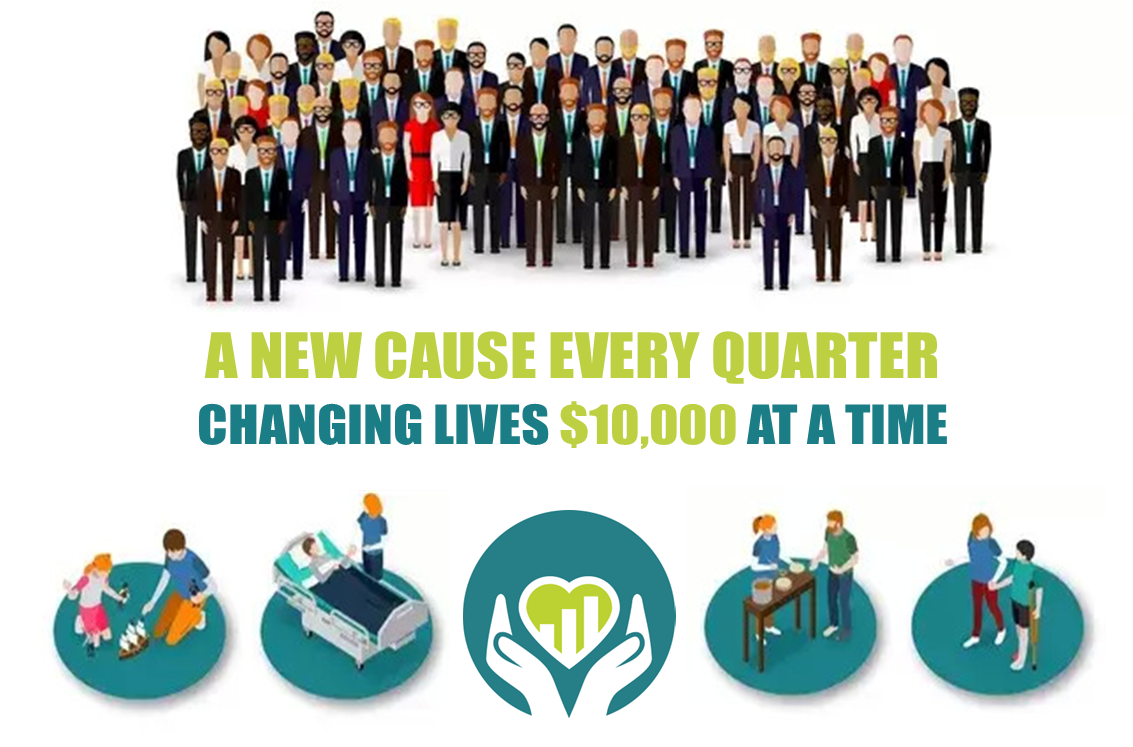Understanding mortgage financing can be difficult, it doesn't have to be. Here's the plan!
Get started right away
The best place to start is to connect with us directly. The mortgage process is personal. Our commitment is to listen to all your needs, assess your financial situation, and provide you with a clear plan forward.
Get a clear plan
Sorting through all the different mortgage lenders, rates, terms, and features can be overwhelming. Let us cut through the noise, we'll outline the best mortgage products available, with your needs in mind.
Let us handle the details
When it comes time to arranging your mortgage, we have the experience to bring it together. We'll make sure you know exactly where you stand at all times. No surprises. We've got you covered.
Tim Lacroix
Mortgage Broker
Tim Lacroix has many years of experience as a mortgage broker and financial advisor. With these experiences under his belt, Tim creates lasting relationships with his clients.
By working with people throughout all stages of life from first time home buyers to planning retirement, Tim enables his clients’ financial health. By supporting their long-term and short-term goals, Tim has rapidly become a widely trusted mortgage broker in Calgary.
Tim’s passion for problem solving and how he develops meaningful connections and relationships with his clients.


Here are some nice things clients have said about working with us.
We can help with the following services:
Articles to keep you learning















